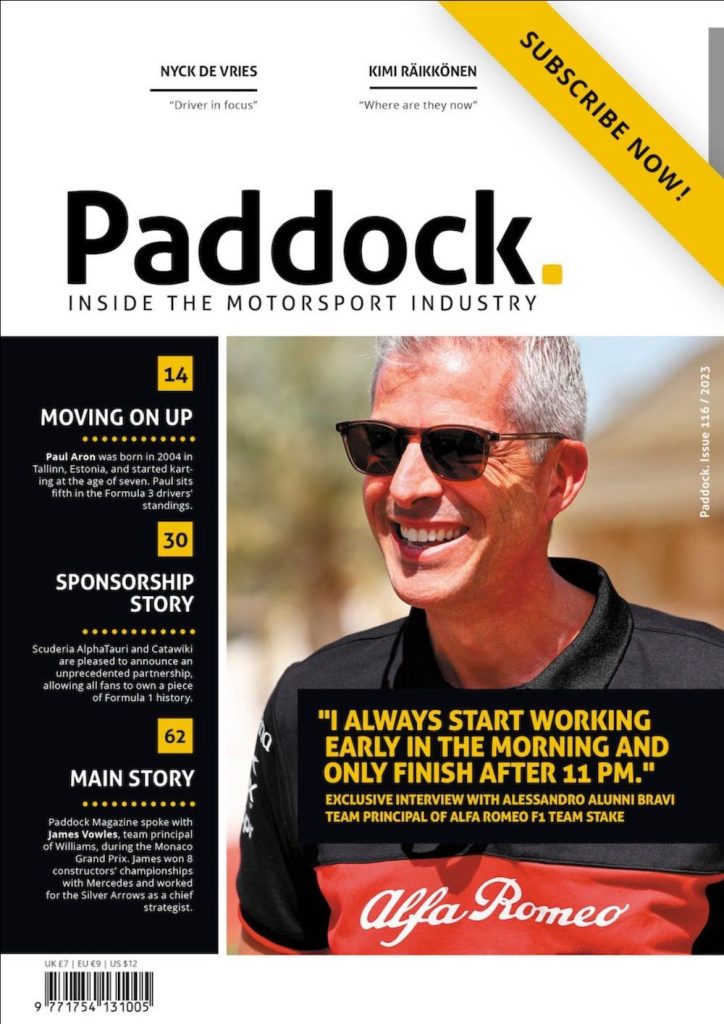Previously Operations Director in Bahrain, Abu Dhabi and VP – Operations in India, Mark Hughes has been responsible for setting up and operating several of the newer Formula 1 tracks in the emerging markets. Mark is here to tell us what could be done to make the sport popular in Asia and the United States.
Asia
The motorsport scene in Asia right now is extraordinary. In 2014 my company played a pivotal role in setting up and operating Thailand’s first ever Grade 1 race circuit in Buriram. Motorsport was already strong in Thailand with the Thai Super Series, the Bira Circuit and the Bang Saen street race but since opening what is now the Chang International Circuit, a number of world championships have visited Thailand for the first time including the Japanese Super GT, World Superbikes, World Touring Cars and TCR International.
Elsewhere in Asia you have SRO announcing the new Blancpain Asian championship, the ongoing partnership between TCR Asia and GT Asia, the developing MRF and Tata Championships in India to name a few.
We are currently planning the opening of the new Zhejiang Circuit in the Shaoxing province of China later this year. This is a beautiful Grade 2 track with a very exclusive members club and hotel development. There are at least 7 to 10 other track projects being discussed across China at the moment too.
Generally speaking, GT or touring cars seem to hit the mark across Asia more so than Formula racing. The biggest opportunity has to lie in China and India. As you know, I was the VP of Operations for the track in India and it’s a terrible shame that Formula 1 hasn’t returned there. I know that the Federation of Motor Sports Clubs India has worked incredibly hard to address the governmental issues there but the biggest challenge is around finding a promoter that can sustain the costs of hosting the race and create something really special in India.
In China, whilst the crowds aren’t bad there is still a long way to go to really engage the public. One of the biggest difficulties in China is that the younger audience simply doesn’t engage with sporting events in the same was as a fan from the more established markets. Everything is driven by smartphone technology and instant access. Chinese fans simply don’t want to watch Formula 1 on the TV.
The United States
This is certainly THE hot topic right now and to be honest, it’s difficult to speculate until we know more about the structure of the purchase. However, one thing I personally hope for is that Liberty Media use a holistic approach to the challenges of developing Formula 1. When I say holistic, I don’t just mean getting the teams, FIA and FOM to work together for the greater good; I want them to go much further. As a circuit man, I want to them to engage the circuits and promoters as a stakeholder group too. I’d also like them to look at how they can use the weapons in the Liberty Media arsenal to greater effect. For example, they are owners of Live Nation and Ticketmaster. Surely this puts them in a unique position to make live Formula 1 weekends the greatest entertainment spectacle available?
They need to create a long-term plan that everyone involved in the sport buys in to and do away with the issues that have driven a wedge between the fans and the sport in recent years.
Conclusions
Clearly the sport is in a strong, global position or Liberty Media wouldn’t have put their hands in their pocket. However, entertainment and, in particular the way we watch and interact with sport is changing at a phenomenal rate and Formula 1 can’t sit back and be complacent. It is meant to be the most technologically advanced sport in the world and yet, until recently, we’ve been restricting what an engineer and driver could say on the radio and where the track limits begin and end? How is this advanced?
The injection of commitment and enthusiasm from the new owners, the incredible assets they already have access to and their experience in the entertainment industry can only be a good thing.
Races with small crowds (less than 50,000) are lacklustre and don’t broadcast as so well. Liberty Media can tackle this by being more creative and supportive of the circuits and initiatives like F1 Fan Zone.






Related Articles